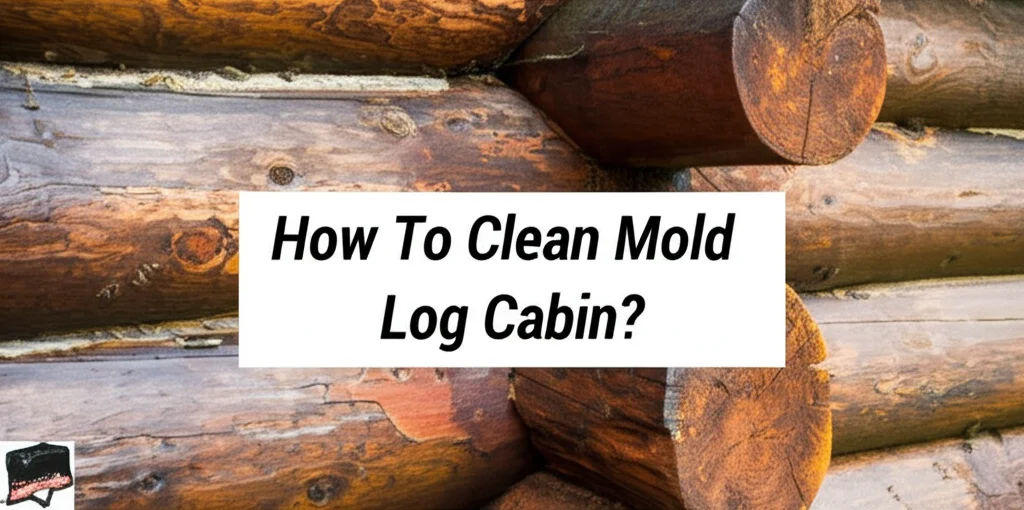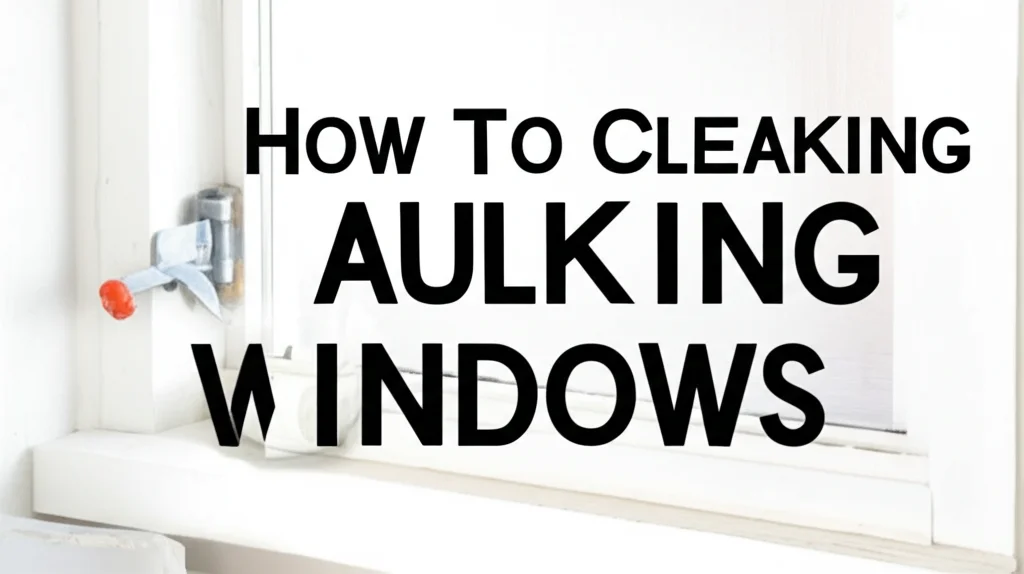· Home Improvement · 7 min read
How To Clean An Old Wooden Banister

Revitalize Your Home: How To Clean An Old Wooden Banister
Is your beautiful wooden banister looking a little worse for wear? Years of use, dust, and grime can take their toll, leaving it looking dull and lifeless. Cleaning an old wooden banister doesn’t have to be a daunting task. This guide will walk you through everything you need to know to safely and effectively clean your banister, bringing back its original luster and protecting it for years to come. We’ll cover everything from gentle daily cleaning to tackling stubborn dirt and restoring a faded finish.
Takeaway:
- Regular dusting prevents buildup.
- Mild soap and water are often sufficient for cleaning.
- Always test cleaning solutions in an inconspicuous area first.
- Proper polishing protects and enhances the wood’s natural beauty.
Quick Answer:
To clean an old wooden banister, start by dusting it thoroughly. Then, mix a small amount of mild dish soap with warm water and gently wipe the banister with a soft cloth. Rinse with a clean, damp cloth and dry immediately. For deeper cleaning, consider using a wood cleaner specifically designed for finished wood.
Understanding Your Banister’s Finish
Before you start cleaning, it’s important to identify the type of finish on your wooden banister. Different finishes require different cleaning approaches. Knowing what you’re dealing with will prevent damage and ensure the best results. Common finishes include varnish, lacquer, shellac, and wax.
Identifying the Finish
Here’s a quick guide to help you identify your banister’s finish:
- Varnish: Durable and water-resistant, often has a plastic-like appearance.
- Lacquer: Fast-drying and provides a smooth, clear finish. It’s easily damaged by alcohol.
- Shellac: Offers a warm, amber tone and is susceptible to water damage.
- Wax: Provides a soft sheen and requires regular polishing. A simple test is to rub a small area with a cloth and see if wax comes off.
Once you know the finish, you can choose the appropriate cleaning method. Using the wrong cleaner can strip the finish or leave behind a sticky residue.
Gentle Daily Cleaning: Dusting and Light Wiping
Regular maintenance is key to keeping your wooden banister looking its best. Dusting weekly prevents dirt and grime from building up, making deeper cleaning less frequent. A simple dusting routine can significantly extend the life of the finish.
Dusting Techniques
- Microfiber Cloth: These cloths trap dust effectively without scratching the surface.
- Soft Brush: A soft-bristled brush can reach into grooves and details.
- Vacuum with Brush Attachment: Use a vacuum with a soft brush attachment for a quick and thorough dust removal.
After dusting, you can lightly wipe the banister with a slightly damp cloth. This removes any remaining dust and keeps the surface clean. Always wring out the cloth well to avoid excess moisture.
Deep Cleaning: Removing Grime and Dirt
Sometimes, dusting isn’t enough. Over time, grime and dirt can accumulate, requiring a more thorough cleaning. This is where a mild cleaning solution comes in handy. Remember to always test the solution in an inconspicuous area first.
Making a Gentle Cleaning Solution
- Dish Soap and Water: Mix a few drops of mild dish soap with warm water.
- Wood Cleaner: Use a commercially available wood cleaner specifically designed for finished wood. Follow the manufacturer’s instructions carefully.
- Vinegar and Water (for stubborn grime): Mix equal parts white vinegar and water. Use with caution and test first, as vinegar can damage some finishes.
The Cleaning Process
- Dip a soft cloth into the cleaning solution and wring it out well.
- Gently wipe the banister, following the grain of the wood.
- Rinse with a clean, damp cloth.
- Dry immediately with a soft, dry cloth.
Avoid using abrasive cleaners or scrub brushes, as these can scratch the finish. If you encounter stubborn grime, let the cleaning solution sit for a few minutes before wiping. You can find more information on floor cleaning solutions at https://beacleaner.com/what-is-the-best-cleaning-solution-for-ceramic-tile-floors/.
Restoring a Faded Finish: Polishing and Waxing
If your banister has lost its luster, polishing and waxing can help restore its beauty. Polishing removes minor scratches and imperfections, while waxing protects the wood and enhances its natural shine.
Choosing the Right Polish and Wax
- Paste Wax: Provides a durable, long-lasting finish.
- Liquid Wax: Easier to apply and offers a softer sheen.
- Wood Polish: Designed to clean, polish, and protect wood surfaces.
The Polishing and Waxing Process
- Clean the banister thoroughly as described above.
- Apply a small amount of polish or wax to a soft cloth.
- Rub the polish or wax onto the banister, following the grain of the wood.
- Let it sit for the recommended time (as per the product instructions).
- Buff with a clean, dry cloth to achieve a shine.
Regular polishing and waxing will keep your banister looking beautiful for years to come. If you’re looking for ways to maintain other surfaces, consider learning about cleaning luxury vinyl plank flooring at https://beacleaner.com/how-to-clean-luxury-vinyl-plank-flooring/.
Dealing with Specific Issues: Water Stains and Scratches
Old wooden banisters often have their share of imperfections, such as water stains and scratches. Addressing these issues can significantly improve the banister’s appearance.
Removing Water Stains
- Iron and Cloth: Place a clean cloth over the water stain and gently iron over it on a low setting. The heat can help draw out the moisture.
- Mayonnaise: Apply a small amount of mayonnaise to the stain, let it sit for a few hours, and then wipe it away.
- Hair Dryer: Use a hair dryer on a low setting to gently heat the stain.
Repairing Scratches
- Walnut: Rub a walnut along the scratch to fill it in.
- Wood Filler: For deeper scratches, use a wood filler that matches the color of the banister.
- Touch-Up Markers: Use a wood touch-up marker to conceal minor scratches.
After addressing these issues, polish and wax the banister to blend the repairs and restore the finish.
Protecting Your Banister: Preventative Measures
Once you’ve cleaned and restored your wooden banister, it’s important to take steps to protect it from future damage. Preventative measures can significantly reduce the need for frequent cleaning and repairs.
Tips for Protection
- Avoid Harsh Chemicals: Never use abrasive cleaners or solvents on your banister.
- Protect from Direct Sunlight: Prolonged exposure to sunlight can fade the finish.
- Use Coasters and Placemats: If you place items on the banister, use coasters or placemats to prevent scratches and water stains.
- Regular Dusting: As mentioned earlier, regular dusting is the best way to prevent dirt and grime from building up.
Taking these preventative measures will help keep your wooden banister looking beautiful for generations to come. You might also find helpful tips on removing debris from microfiber towels at https://beacleaner.com/how-to-remove-debris-from-microfiber-towels/.
Frequently Asked Questions
Q: How often should I clean my wooden banister?
A: Dust weekly and deep clean every few months, or as needed. Regular maintenance prevents buildup and keeps the finish looking its best.
Q: Can I use bleach to clean my wooden banister?
A: No, bleach can damage the wood and strip the finish. Always use gentle cleaning solutions specifically designed for wood.
Q: What’s the best way to remove sticky residue from my banister?
A: Try using a mixture of warm water and a few drops of dish soap. Gently wipe the residue away with a soft cloth. For stubborn residue, you can try a wood-safe adhesive remover.
Q: How can I prevent scratches on my banister?
A: Avoid placing abrasive objects on the banister and use coasters or placemats to protect the surface. Regular polishing and waxing can also help prevent scratches.
Q: Is it safe to use a steam cleaner on a wooden banister?
A: Generally, no. Excessive moisture can damage wood. While some finishes might tolerate a very quick steam, it’s best to avoid it and stick to damp cleaning methods.
Conclusion: A Beautiful Banister is Within Reach
Cleaning an old wooden banister is a rewarding project that can significantly enhance the beauty of your home. By understanding your banister’s finish, using gentle cleaning methods, and taking preventative measures, you can restore its original luster and protect it for years to come. Remember to always test cleaning solutions in an inconspicuous area first and follow the manufacturer’s instructions carefully. With a little effort, you can enjoy a beautiful, well-maintained wooden banister that adds character and charm to your home. Don’t hesitate to explore other cleaning guides on our site, like this one on how to clean hardwood floors with vinegar: https://beacleaner.com/how-to-clean-hardwood-floors-with-vinegar/.




